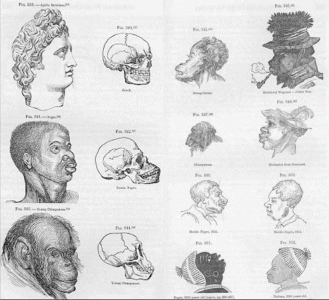The Torah makes it clear (Shamoth 25:18) that the prohibition only applies to statues or pictures that are going to be worshiped as idols; otherwise we (not you!) would not even be able to take a photograph of anything. The Tanach frequently uses generalized terminology that excludes known exceptions. For example: Shamoth 20:4 forbids us (not you!) to make a carved statue of 'anything that is in heaven above' and yet in Shamoth 25:18-20, Moshah Rabbeinu is explicitly told to make a pair of karuvim (a kind of angels) and mount them on the lid or cover of the [sacred] chest in the Portable Temple, so the prohibition in Shamoth 20:4 obviously cannot include these particular statues—as it was, after all, God Himself who commanded Moshah to make the karuvim and mount them on the kapporath; and in Malochim ʾAlaf 6:12, He makes a promise to Sh'lomoh that 'I will establish with you My word (that I spoke to your father Dowidh about) if you follow My huqqim [i.e., laws for which there is, and can be, no rational explanation; inexplicable rules], do My judgements and keep all My misswoth...' and yet it would have been impossible even for Sh'lomoh to have 'kept all of God's misswoth'.
Still, there was no possibilty of those karuvim ever becoming the objects of idolatrous worship because they were never seen by anyone (apart from the Chief Kohen) as the chest was kept in the Holiest Chamber and was never normally taken out into the open, where only the Chief Kohen (not the kohanim, still less a lewi or yisroʾel) was permitted to enter when he was performing the 'atonement' ritual on Yom Kippur: the Chief Kohen actually used to enter the Most Holy Chamber four times on every Yom Kippur, the first time to burn the incense, the second time to splash the blood of his own ox-sacrifice, the third time to do the same with the blood of the goat that was offered on behalf of the entire nation, and the last time to retrieve the instruments that he had left there on the first occasion when he had burned the incense; the Most Holy Chamber was totally off-limits to everyone on all other occasions. As regards exceptions when considered appropriate, there were also two much larger representations of karuvim made of olive-tree wood that stood on the floor in the Holiest Chamber of Sh'lomoh's Temple (refer to Malochim ʾAlaf 6:23-28); but even they were not visible to the general public.
ironically i hate photographs too
 not that i dont photograph well but its like the Dorian Gray story
not that i dont photograph well but its like the Dorian Gray story 
We are living in a world of illusion



